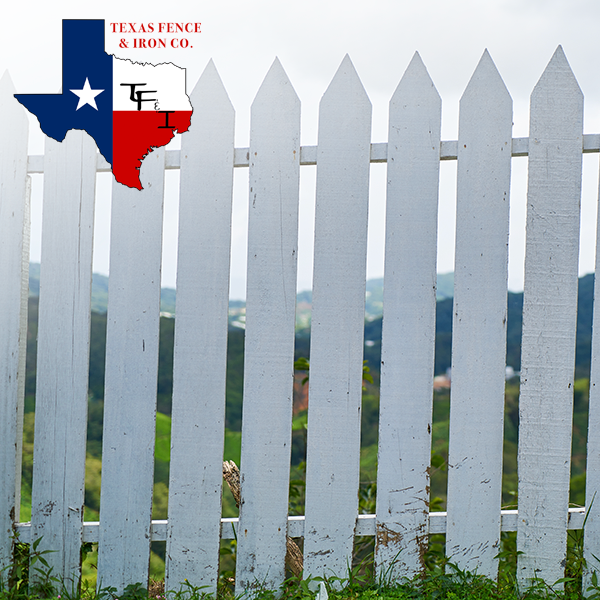Ways To Protect Your Wooden Fence
Wooden fences offer a beautiful and classic way of marking the boundary of a property. They also help keep unauthorized parties away from your property. As much as people use them for fencing, they’re highly vulnerable to extreme weather conditions and other forms of damage. The following strategies can keep the wooden fence resistant to corrosion.
1. Invest in a High-Quality Wooden Fence
To keep your wood fence in the best condition possible, you should start off with high-quality materials. Cedar and redwood are the most ideal fencing materials since they’re resistant to decay and rot. If you’re working with a fence contractor, ensure that the specialist is using pressure-treated wood. Pressure-treated wood, in this case, can resist dry rot, wet rot, water damage, and bugs.
As you invest in a good fence, get the right hardware for joining the wood pieces together. A fencing structure can only last longer if it has high-quality materials surrounding it. Choose materials made of galvanized or stainless steel to improve the durability of your fence.
2. Stick to the Fencing Regulations
Every city or state has its own unique fencing regulations that households or property owners should follow. The rules dictate the height limit of a fence and the type of materials to use. Check with your local authorities to learn more about the policies that apply to your area. For instance, some local authorities advice property owners to use weather resistant posts to prevent damage and decay.
Besides, not following the right procedure and law might jeopardize your exercise of purchasing the fence that you have yearned for. To be on the safest side, before you purchase any fencing material, ensure it conforms with the rules and regulations of the community you live in.
3. Avoid Putting Fence Posts in Contact with the Soil
Mounting the fence posts directly into the soil can make them susceptible to decay. Soil contains moisture, which is the primary cause of decay on wooden surfaces. Furthermore, the ground can move down due to erosion or irrigation. If you have to dig the field, fill the holes with concrete before mounting the posts.
4. Keep Plants Away from the Fence
Most property owners like to plant bushes or flowers along their fence lines for beautification reasons. The plants may introduce moisture to the fence and cause rotting in the wood. You may not notice when the moisture from the plants begins accumulating on the panels. Always keep the grass or plants along the fencing structure trimmed to prevent the rot.
Installing plastic tarp over the plants that are growing near the fence can also help prevent damage. The plastic tarp prevents moisture from the plants from reaching the fencing structure. Wear protective gear such as work gloves, goggles, long pants, and a long-sleeve shirt when installing the tarp.
5. Clean the Wooden Fence Regularly
Use a power washer that discharges 1,500 or 2,000 pounds per square inch (PSI) of water pressure to clean your fence. The power washer should also have 15 to 25-degree spray tips. Stand 18 inches from the fencing structure to carry out this procedure. Allow the panels to completely dry after ensuring that it’s clean. While carrying out the duty, you need to be in the right attire, otherwise you might end up getting diseases.
6. Seal or Stain the Fence
Staining helps extend the life of a wooden fence by protecting it from elements that cause rotting. Consider using a water-repellent sealant to keep moisture or rain from damaging the wood. You can also mix the sealant with an exterior stain to color and protect the forest. Depending on the climatic conditions of your locality, it’s advisable to stain or seal the fences every two to three years.
You can hire a paint specialist to help you apply the oil stain around the fence. After the staining work is complete, allow the wood to dry for at least 24 hours before applying the second coat. Repeat this procedure before installing the third coat for the best results.
7. Hire an Expert to Carry Out Inspections
While it’s ideal to check the fence for signs of decay or damage single-handedly, an expert can do a better job. The expert’s mandate should entail carrying out thorough inspections on your fencing posts. The specialist should also provide you with a detailed report on the findings after completing the investigations. Consider seeking such help at least once a year. Notably, when hiring a specialist, you need to carry out due diligence to ensure that you have hired a reputable and well known organization or firm. Before any engagement, you need to sign out an agreement which will act as a binding factor between you. In any case, if they do not perform their job according to the agreement, you are at liberty to hold them accountable.
8. Keep Water Sprinklers Far From the Fence
Though water sprinklers help keep the lawn vibrant, they can continuously wet your fence. Keep them away from your fencing posts to prevent water damage. Set the sprinklers to release water that can’t get in contact with your fencing structure. If in any case you want to sprinkle or clean the fence using water, it is always advisable to lay down some plastic covering along the face to prevent the water from getting the ground and being in contact with the base of the fence. If such happens, the fence will get damaged from the ground.
Conclusion
A well-protected fence made of high-quality wood (cedar, spruce, and pine) may last about 5 years. To protect it from wear, tear, insects and rot, consider staining rather than painting it since wood absorbs stain faster than paint. Raising the posts 2 to 5 inches from the ground help keep them away from the severe effects of moisture. Note that the fence is ideal for establishing safety, security, and privacy, curbing appeal, setting boundaries and concealing unattractive sites.


Add Comment